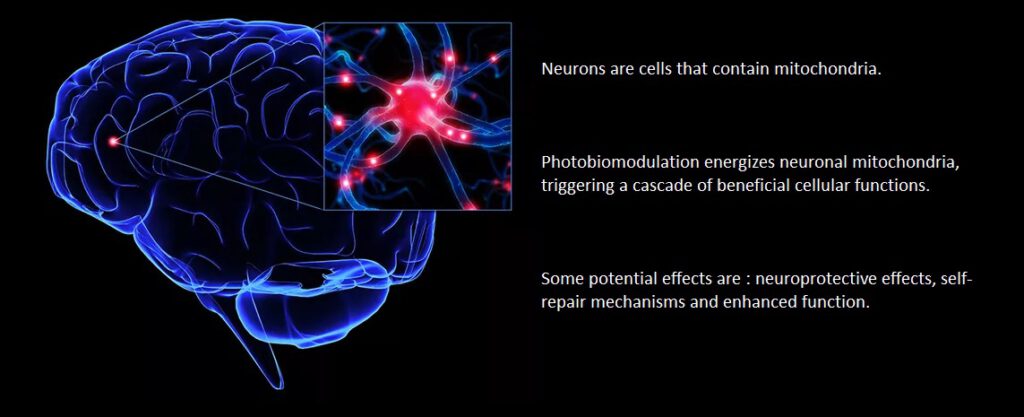
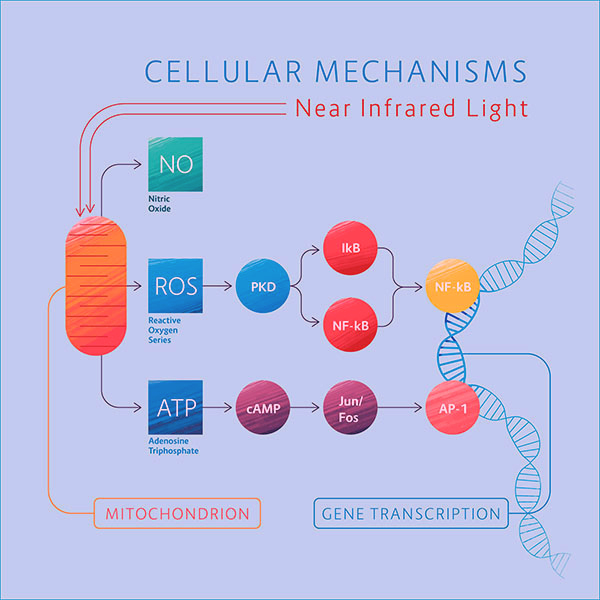
Photobiomodulation is defined as the utilization of NIRSMW
“near infrared spinning magnetic wave” energy to trigger photochemical changes within cellular structures that are receptive to photons. Mitochondria is particularly receptive to this process.
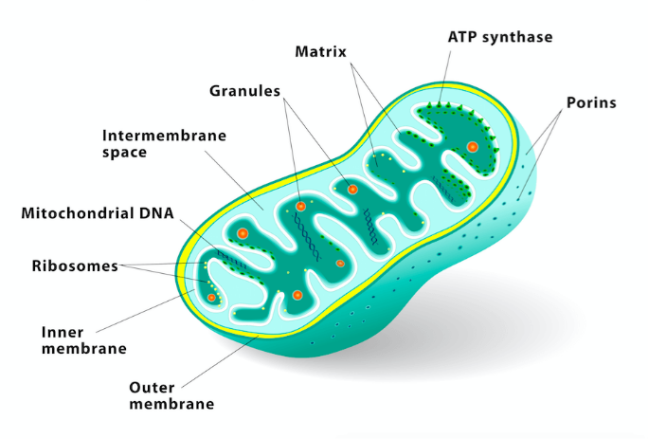
Mitochondria are membrane-bound cell organelles (mitochondrion, singular) that generate most of the chemical energy needed to power the cell’s biochemical reactions. Chemical energy produced by the mitochondria is stored in a small molecule called ATP.
At the cellular level, NIRSMW energy is absorbed by mitochondria, which perform the function of producing cellular energy called “ATP”. The key to this entire process is a mitochondrial enzyme called cytochrome oxidase c, a chromophore, which accepts photonic energy of specific wavelengths when functioning below par.
“Adenosine triphosphate (ATP) is an organic compound and hydrotrope that provides energy to drive many processes in living cells, e.g. muscle contraction, nerve impulse propagation, condensate dissolution, and chemical synthesis. Found in all known forms of life, ATP is often referred to as the “molecular unit of currency” of intracellular energy transfer. When consumed in metabolic processes, it converts either to adenosine diphosphate (ADP) or to adenosine monophosphate (AMP).
Other processes regenerate ATP so that the human body recycles its own body weight equivalent in ATP each day. It is also a precursor to DNA and RNA, and is used as a coenzyme.“
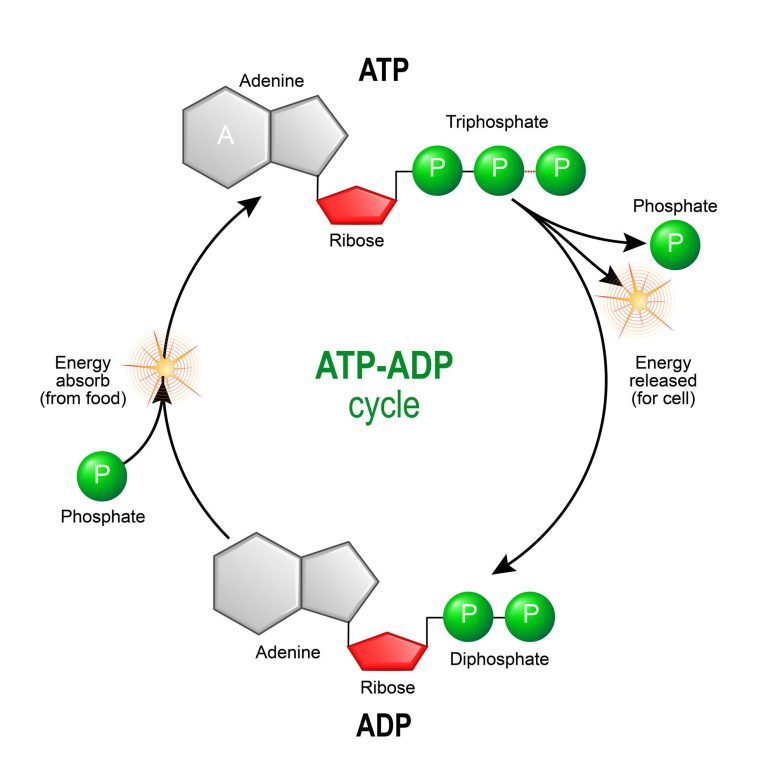
“Biological reaction to light is nothing new, there are numerous examples of light induced photochemical reactions in biological systems. Vitamin D synthesis in our skin is an example of a photochemical reaction. The power density of sunlight is only 105 mW/cm2 yet when ultraviolet B (UVB) rays strikes our skin, it converts a universally present form of cholesterol, 7-dehydrocholesterol to vitamin D3. We normally experience this through our eyes which are obviously photosensitive. Our vision is based upon light hitting our retinas and creating a chemical reaction that allows us to see. Throughout the course of evolution, photons have played a vital role in photo-chemically energizing certain cells“.
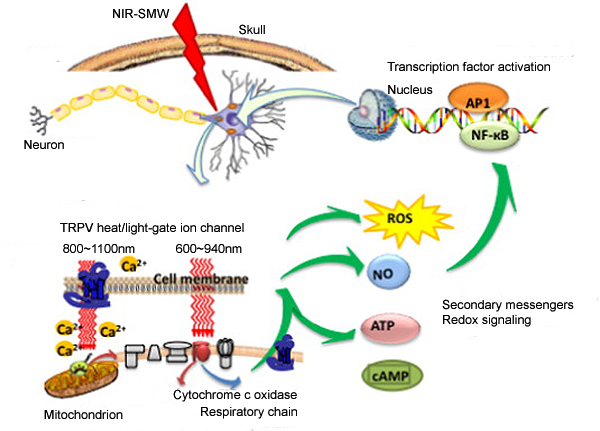
The current and widely accepted proposal is that near infrared spinning magnetic wave energy is absorbed by mitochondria and converted into ATP for cellular use.
In addition, the process creates mild oxidants (ROS), which leads to gene transcription and then to cellular repair and healing.
The process also unclogs the chain that has been clogged by
nitric oxide (NO).
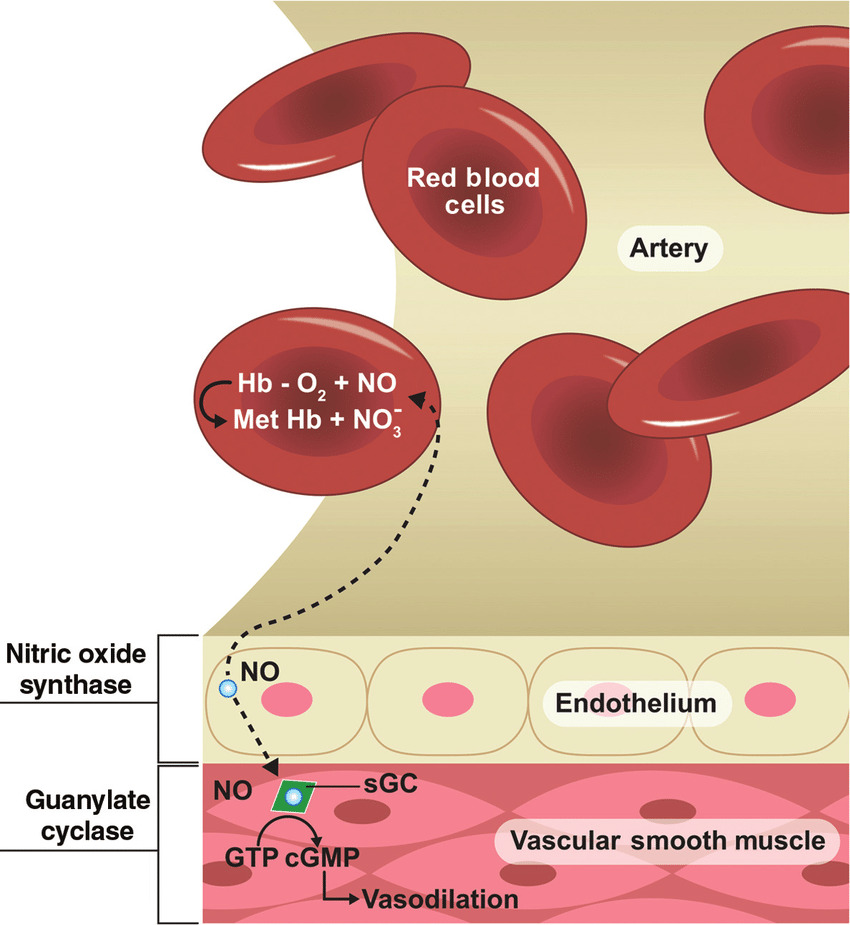
The nitric oxide is then released back into the system.
Nitric oxide is a molecule that our body produces to help its 100 trillion cells communicate with each other. This communication happens by transmission of signals throughout the entire body.
Additionally, nitric oxide helps to dilate the blood vessels and improve blood circulation.
We believe that NIRSMW for brain disorders will become one of the most important medical applications in the coming years and decades. Despite the efforts of “Big Pharma”, prescription drugs for psychiatric disorders are not generally regarded very highly (either by the medical profession or by the public), many of these drugs perform little better than placebos in different trials, and can also have major side-effects.
Moreover it is well accepted that with the overall aging of the general population, together with ever lengthening life spans, that dementia, Alzheimer’s, and Parkinson’s diseases will become a global health issue. Even after many years of research, no drug has yet been developed to benefit these neuro-degenerative disorders.
New indications for NIRSMW such as global ischemia (brain damage after a heart attack), post-operative cognitive dysfunction, and neurodevelopmental disorders such as autism spectrum disorder may well emerge. If inexpensive NIRSMW units can be developed and successfully marketed as home use devices, then we are potentially in a position to benefit large numbers of patients (to say nothing of healthy individuals).
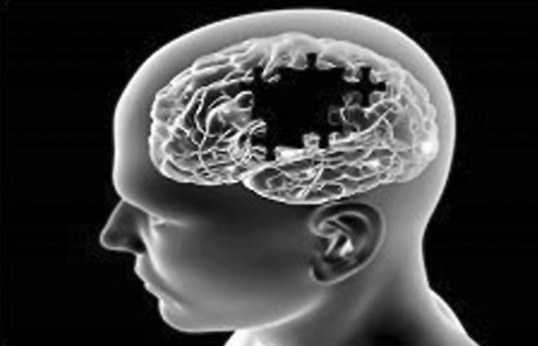
Neurodegenerative, Psychiatric, Neurodevelopmental,
Alzheimer’s disease, Depression, Autism, Parkinson’s disease, Psychosis, ADHD, Acute TBI, Other dementias, PTSD, Chronic TBI, Chronic traumatic encephalopathy, Addiction, Global ischemia, Amyotrophic lateral sclerosis, Insomnia, Coma (vegetative state), Primary progressive aphasia, Birth trauma (neonatal stroke), Prion diseases (Creutzfeldt-Jakob), Chemo-brain, Huntington’s disease
If you would like to make a donation for the the development of
inexpensive NIRSMW units, please use paypal.me/nir1000
When you have made a donation please use the box below, so we can contact you when the NIR-SMW units are ready for shipment,
you get a 20% to 100% reduction depending on your donation.